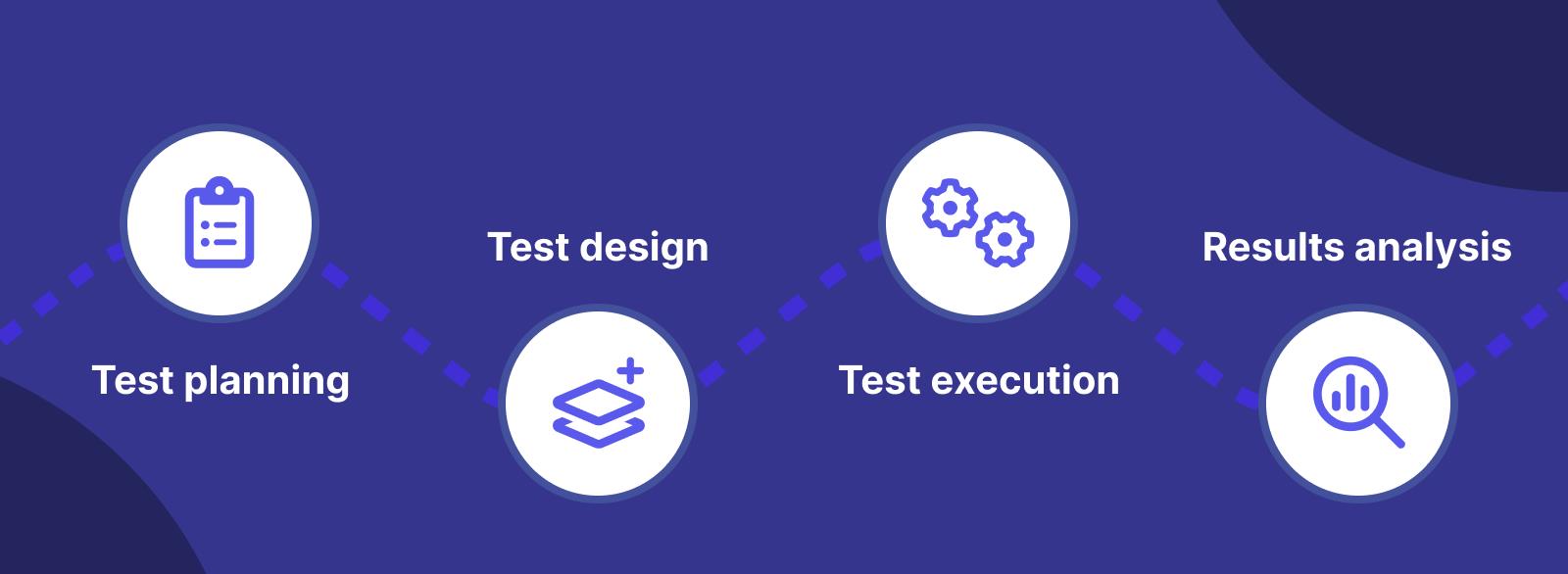In the present fast changing digital world, one must make sure the dependability and operativeness of web apps is kept ahead. For this reason, end-to-end testing is very important for certifying that these applications perform well and enhance user experience in various situations. In this all-inclusive guide, we will see details about end-to-end testing basics, its significance, some best practices, as well as tools that help simplify the whole process.
Understanding End-to-End Testing
E2e is a software testing methodology that focuses on the whole application execution path from start to end and tries to mimic real user activities. It is different from both unit and integration testing concentrates only on individual components or modules but rather checks an application’s behavior across its various levels including front-end interface, back-end logic as well as interactions with external systems such as DBs/APIs.
Benefits of End-to-End Testing
Enhanced quality control: Comprehensive testing methods can guarantee that all components of a software program are operating properly and that it meets the intended business needs.
Higher level of confidence in the software: End-to-end testing can potentially help in building higher confidence that the software or application would work as expected in real-time scenarios. It assures the stakeholders that the application is stable and can be relied upon.
Early detection of defects: End-to-end testing has the potential to detect defects at the earliest possible time in the development lifecycle. This allows the developers to correct the issues before they get more complex and expensive to fix.
Lowered costs: End to end testing has the potential to lower costs incurred due to defects and bugs which are detected very late in the development lifecycle or even after the application deployment.
Greater business alignment: End-to-end testing can potentially help in building confidence that the application or software fulfils business requirements and hence there are higher chances that the
intended users would accept the application.
Efficient testing process: End-to-end testing can potentially help in making the testing process efficient by testing the application as a whole from the user’s perspective rather than testing individual components in isolation. This would make it easier to detect and fix issues if any, that may occur due to integration of all the components.
What is the E2E Testing Life Cycle?
The end-to-end testing life cycle consists of several phases that ensure a comprehensive approach to testing an entire software application from start to finish—here are the key phases of the E2E testing life cycle.
- Test Planning: After integration testing, define test objectives based on customer requirements and application architecture.
- Test Design: Set up the test environment, conduct risk and usage analysis, and create test cases, possibly using automation testing tools.
- Test Execution: Execute test cases, both locally and remotely, monitoring progress and consistency with the test plan.
- Results Analysis: Analyse test results, identify the root cause of bugs, and relay findings to the development team for resolution.
Steps to Perform End-to-End Testing
The steps below are required to initiate and complete any E2E test.
- Analyse requirements. Have a clear idea of how the app is supposed to work in every aspect.
- Set up a test environment in alignment with all the requirements
- Analyse software and hardware requirements
- List down how every system needs to respond
- List down testing methods required to test these responses. Include clear descriptions of standards (language, tools, etc.) to be followed in each test.
- Design test cases
- Run tests, study, and save results
End-to-End Testing Example
Let’s say testers have to verify the functioning of a Gmail account. The following features have to be tested:
- Type the URL into the address bar to launch the Gmail login page.
- Log into the account with valid credentials.
- Access Inbox. Open Read and Unread emails.
- Compose a new email.
- Reply to and forward an existing email.
- Open the Sent Items folder. Check emails there.
- Open the Spam folder. Check emails there.
- Log out of Gmail by clicking ‘logout’.
Main Challenges in End-to-End Testing
Of course, it is possible to find a number of bugs in a very large process, but there are always some drawbacks to it.
- Creating workflows: When focusing on the workflow of an app, test cases in an E2E test suite are presumptuous to be run in a particular order. They indicate that this sequence should match the flow that an end-user will take when using the app. This is because the development of the corresponding test suites may be a time-consuming affair since they often imply the generation and execution of thousands of tests.
- Accessing Test Environment: The applications can also be tested in dev environments with relative ease. Nevertheless, each application needs to be run in client or production mode for testing purposes. This is most probably true since one cannot always have access to a prod environment for testing. Even if they are, they have to install local agents and log into virtual machines that are physical but logically separate. There are also expected and avoidable issues like system updates that could disrupt the testing process for the testers. Therefore, the only way to get to the ideal kind of test environment is to test on a real device cloud
Conclusion
System testing is important for determining the user interface with the software applications. Comparing the usability from start to finish gives more confidence regarding the quality of your application than testing if a button function or a model appears. Adopting a proper end-to-end testing approach is one of the ways for enhancing software quality and meeting consumers’ expectations. This end-to-end testing guide has helped you learn about the techniques, approaches, and tools for practicing end-to-end testing.

